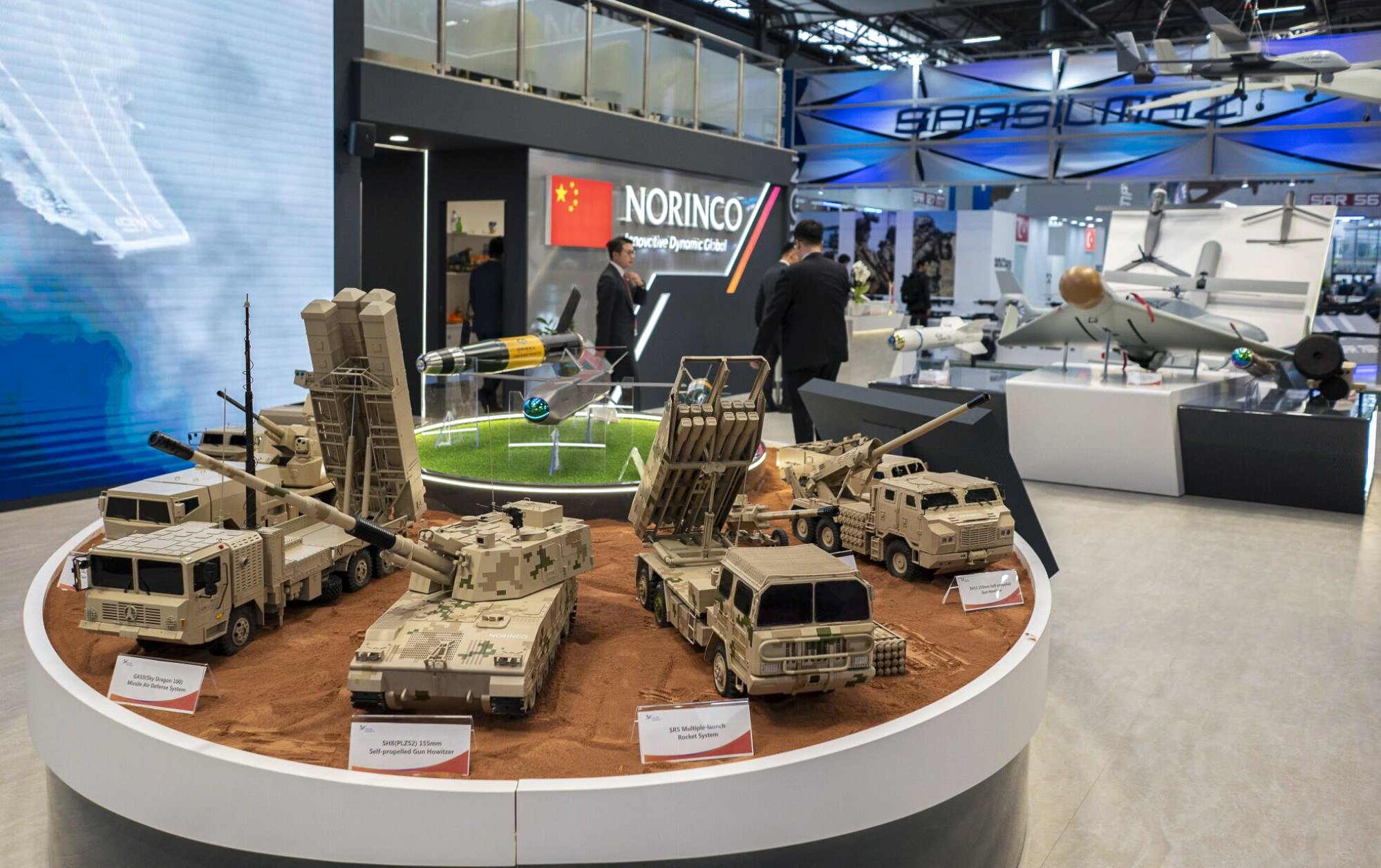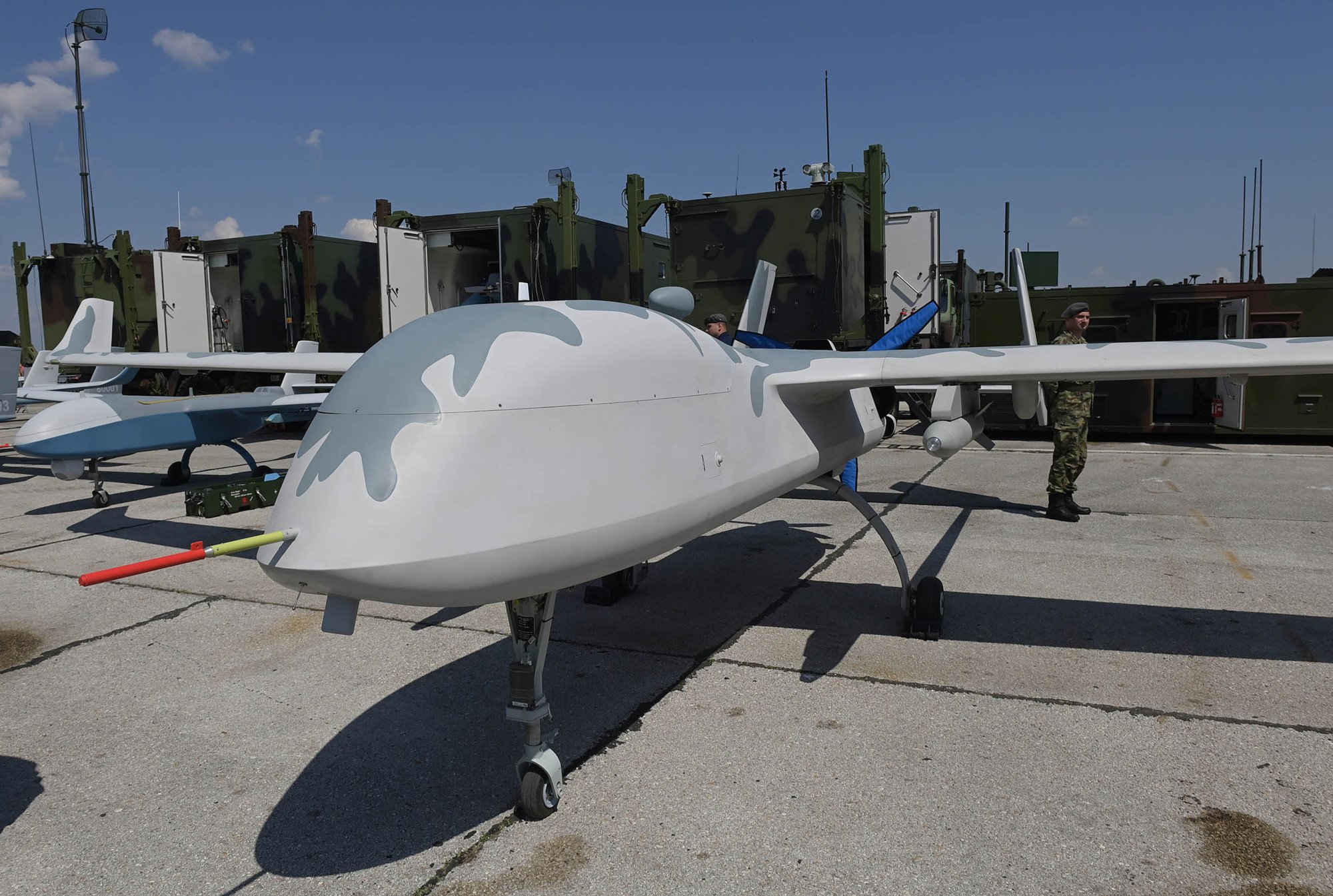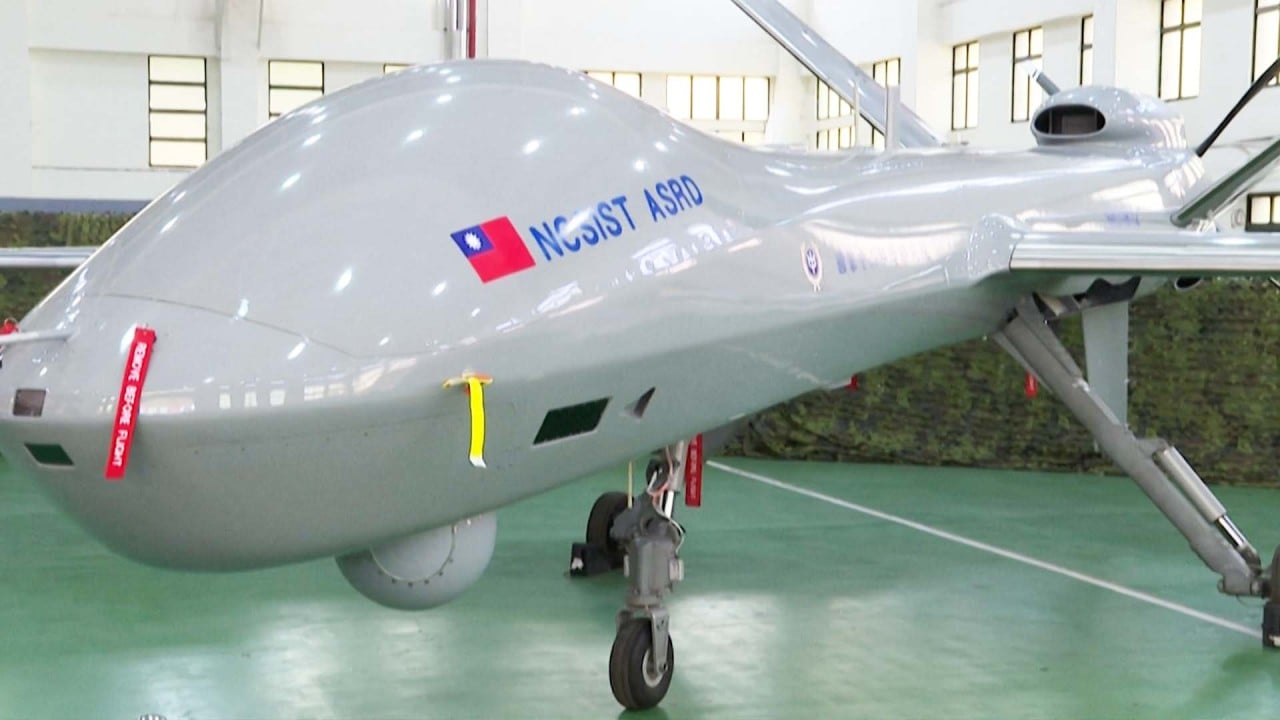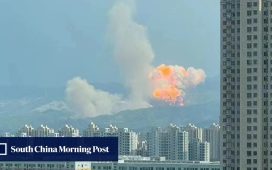“The Z-6B features many technological innovations compared to the original Z-6,” said Timothy Heath, a senior international defence researcher at the Rand Corporation think tank.
“In addition to being unmanned, it features improvements in stealth, advanced optical sensors, electromagnetic warfare, and attack capabilities.
“It is a multi-role platform capable of surveillance, targeting support, and anti-submarine warfare, among other missions.”

Malcolm Davis, a senior analyst at the Australian Strategic Policy Institute, said the Z-6B was “very reminiscent” of US defence contractor Northrop Grumman’s MQ-8B Fire Scout, but with greater payload, a higher operational ceiling, and greater endurance.
“It’s likely to be employed to support naval operations at sea, including ISR [intelligence, surveillance and reconnaissance] communications support for targeting of over-the-horizon weapons, and perhaps logistics support, or from the shore, and clearly employs a degree of reduced radar cross section in its design,” he said.
According to an arms transfer database from the Stockholm International Peace Research Institute (SIPRI), China was the world’s fourth biggest arms exporter in 2023. However, its deliveries were mainly limited to developing countries in Africa and Asia, where Pakistan accounted for 61 per cent of total arms exports.
“The rapid development and export of low-cost military UAVs in the past few years, for applications such as surveillance and attack, has played a significant role in the growth of China’s arms industry and is expected to continue in the future as well,” said Nishant Kumar, a senior analyst for air platforms at global military intelligence company Janes.
Serbia is the only European country operating Chinese UAVs in its military. In 2020, Beijing delivered six Chinese-made CH-92A combat drones along with 18 FT-8C laser-guided missiles to Belgrade. Three years later, Serbia acquired Chinese CH-95 UAVs.

Mark Cozad, a senior international defence researcher at Rand Corporation, said China had made the development of drone technology a “national priority”, and there had been significant growth in Chinese companies developing and marketing both commercial and military drones.
He said drones were an “important part” of China’s arms industry, particularly in the sales to the Middle East and North Africa, providing a wide range of services and capabilities at lower costs compared to their Western counterparts.
“Overall, China has developed a wide array of technologically capable drones for use in both [commercial and military] areas,” Cozad said.
“Western systems cost significantly more for both purchases but also in terms of operations and maintenance costs. For customers … the low cost is a critical factor.”
“This war shows that drones change everything … Now, Ukraine is producing FPV [first-person view] drones, medicines drones, [and] maritime drones,” said Maksym Zaporozhets, international sales manager at drone manufacturer Ukrspec Systems, one of the Ukrainian companies showcasing products at Eurosatory.
UAVs were among the biggest drawcards of the advanced weapons systems at the show, with leading Western defence contractors also showcasing their drone technologies.
Outside the exhibition hall, Europe’s largest aircraft maker, Airbus, promoted its rotary UAV, the VSR700, which is based on a twin-seat design from French helicopter maker Guimbal.
France’s Ministry of Armed Forces showcased a mock-up of French aerospace company Safran’s medium-altitude long-endurance unmanned aerial vehicle SDT Patroller at its Eurosatory booth.
Cozad said while it was unlikely that Chinese military drones would find many “inroads” in Europe because of issues such as “interoperability, security, reliability and dependence” on China, the “integral” role of UAVs in Ukraine would enhance Chinese units as “attractive options” for developing countries.
“Drones have proven their value in a variety of capacities over the past 30 years as ISR platforms, communications relays, and as weapons systems among others,” Cozad said.
“As a part of foreign military sales, China provides attractive options to many militaries, particularly in the Middle East and North Africa. They provide good enough capabilities for a price that these militaries can afford and with little to no restrictions on their use.”
Lukas Fiala, project coordinator of China Foresight, at the London School of Economics, agreed that Europe would “not be a key market for China” in UAV exports, given “obvious political constraints”, but it would find more opportunities in the Global South, even though it may also face competition from other arms exporters such as Turkey.
“With drones, one of the key focal points of the Russian war in Ukraine, there will be continued interest in such systems for the foreseeable future,” Fiala said.
“Whether China will be in a position to take advantage of this will depend not only on external competition, but also on the willingness of Chinese firms to offer competitively priced package deals, including training, weapons systems and maintenance, repair and overhaul services.”















